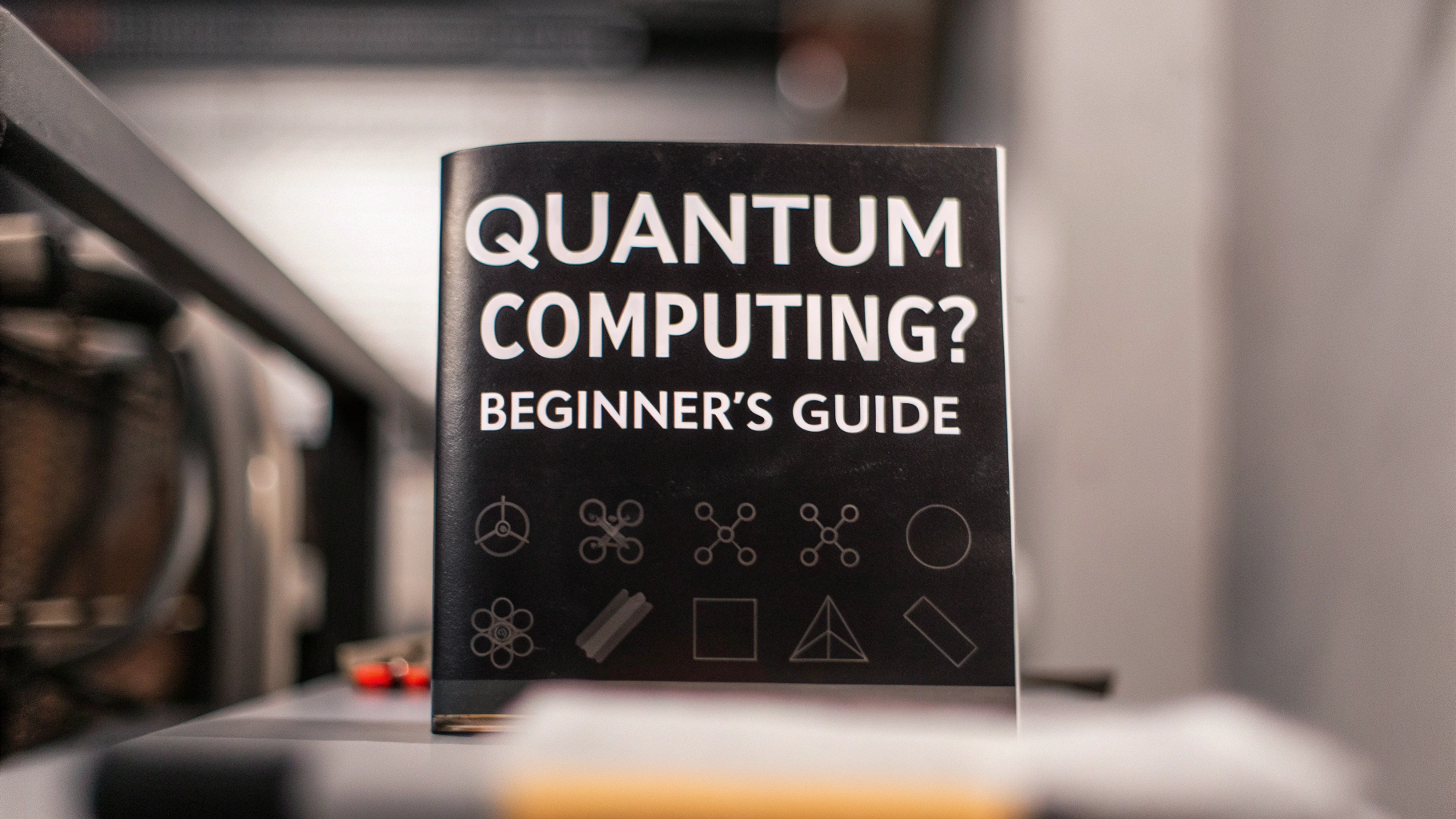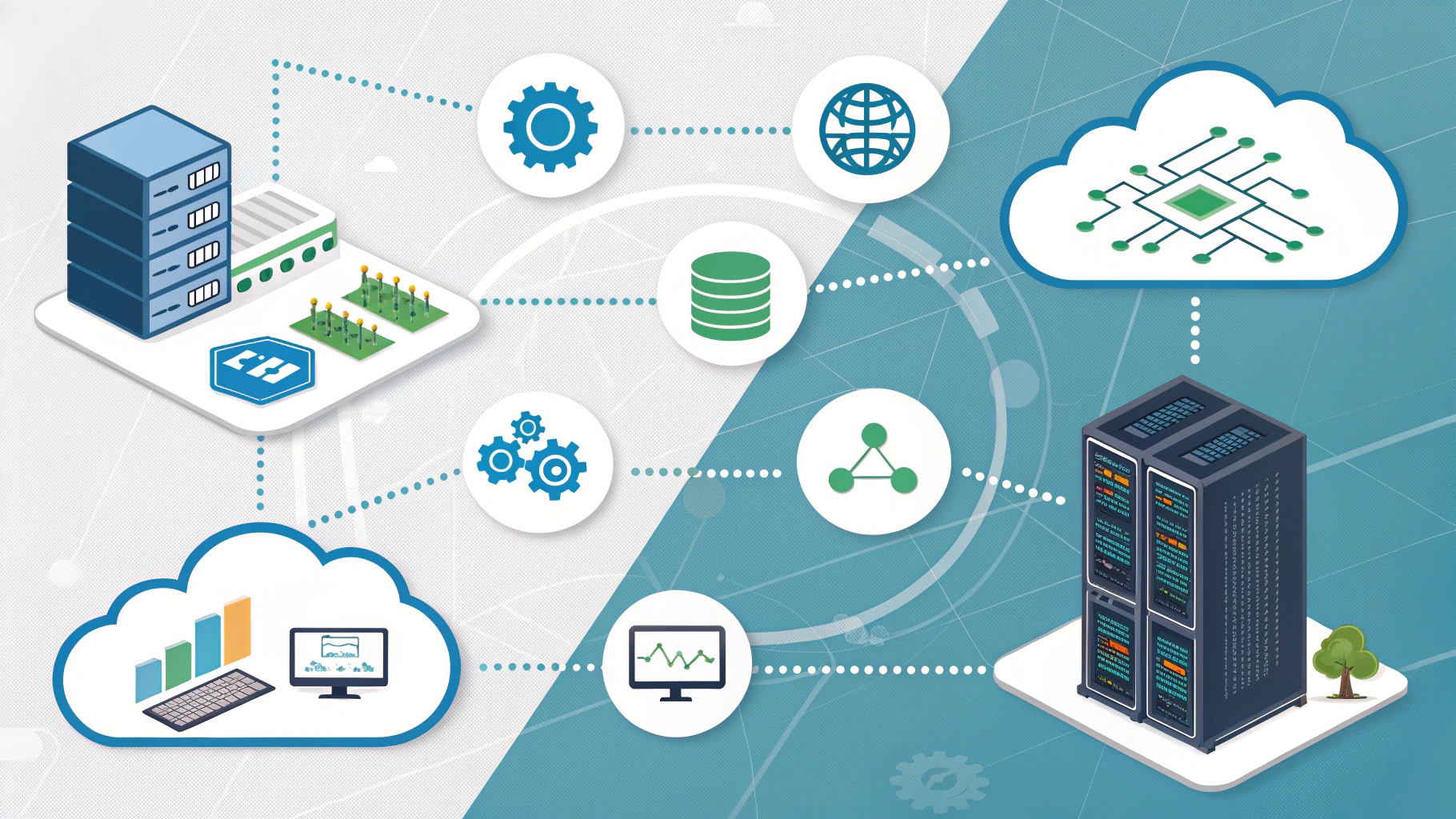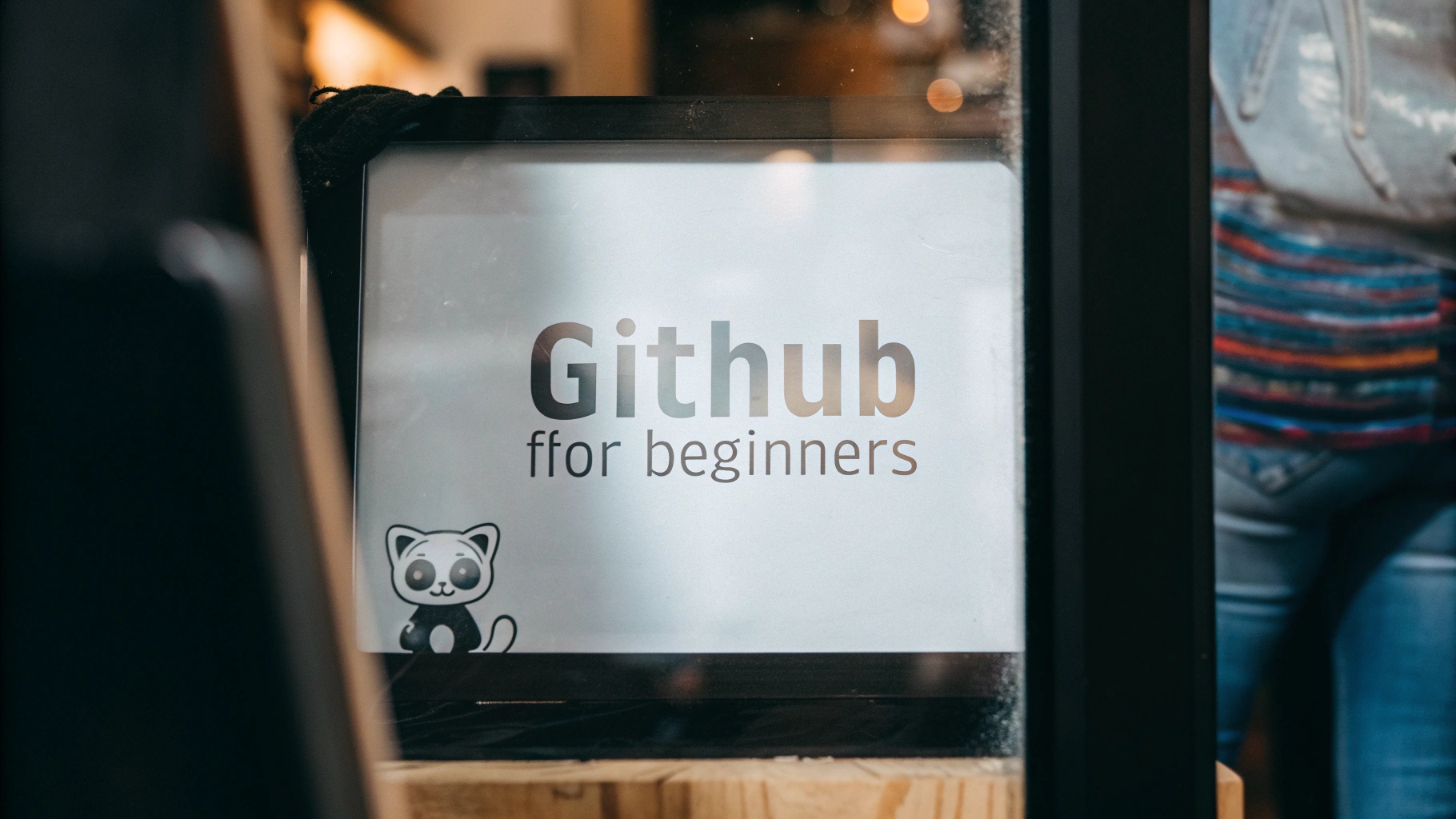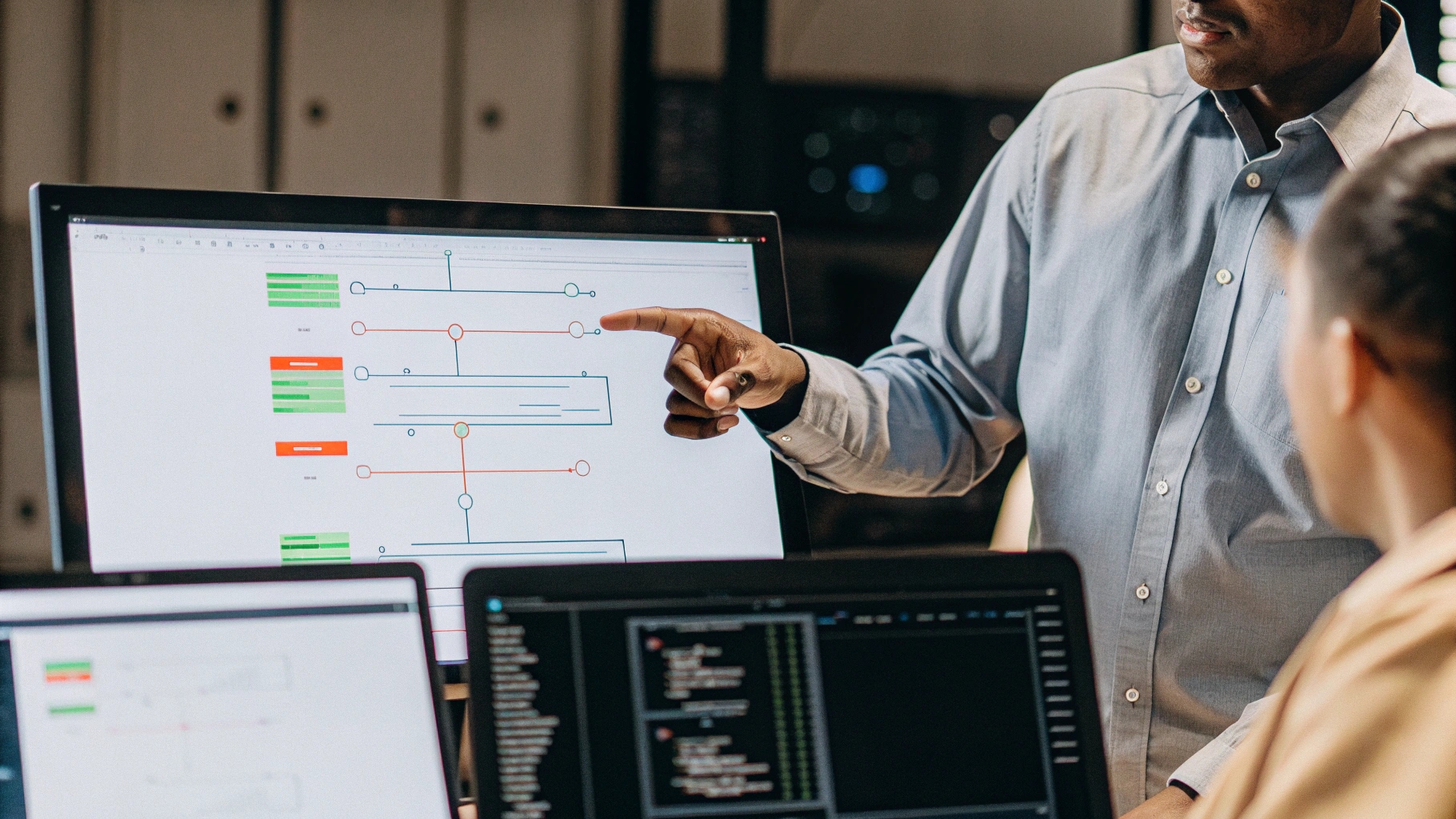
Summary
Quantum computing is an emerging technology that leverages the strange principles of quantum mechanics to perform computations far beyond the capabilities of traditional computers. Using quantum bits (qubits) instead of classical bits, quantum computers can process complex problems more efficiently through superposition and entanglement. This beginner-friendly guide explains the fundamentals of quantum computing, the key differences between quantum vs classical computing, and the significance of qubits. While still in its early stages, quantum computing holds the potential to revolutionize industries such as cryptography, medicine, and artificial intelligence.
Introduction: Understanding the Future of Computation
The world of technology is constantly evolving—and one of the most fascinating frontiers is quantum computing. You may have heard the term, but what does it really mean? This beginner’s guide to quantum computing explained will walk you through the basics, highlight how it compares to classical computers, and introduce the building blocks: quantum bits, or qubits.
Whether you’re a tech enthusiast or simply curious, by the end of this post, you’ll have a solid grasp of what quantum computing is and why it matters for the future.
What is Quantum Computing?
Quantum computing is a type of computing that uses the principles of quantum mechanics, a fundamental theory in physics that describes the behavior of matter and energy on the atomic and subatomic levels.
Unlike classical computers that use bits (either 0 or 1), quantum computers use quantum bits, or qubits, which can be in multiple states at once thanks to phenomena like superposition and entanglement.
Key Takeaways:
- Classical computers = bits (0 or 1)
- Quantum computers = qubits (0 and 1 at the same time)
- Result: massive parallel processing and exponential speed-up for certain problems
Quantum Bits (Qubits): The Heart of Quantum Computing
Let’s dive into quantum bits, often just called qubits.
In classical computing, data is stored in bits that are either 0 or 1. But in quantum computing, qubits can exist in a state of 0, 1, or both at once—a concept known as superposition.
Even more intriguing is entanglement, a property where qubits become linked. Changing one affects the other, even over large distances. This allows quantum computers to process complex calculations that classical computers could never tackle efficiently.
Real-World Analogy:
Think of a qubit like a spinning coin—it’s not just heads or tails while spinning, but a blend of both until it lands.
Quantum vs Classical Computing: What’s the Difference?
Now let’s do a quick comparison between quantum and classical computing to understand the real advantages.
| Feature | Classical Computing | Quantum Computing |
| Basic Unit | Bit (0 or 1) | Qubit (0, 1, or both) |
| Speed | Slower for complex problems | Exponentially faster |
| Parallel Processing | Limited | Massive parallelism |
| Applications | General-purpose | Specialized (e.g., cryptography, AI, simulation) |
Example Use Cases for Quantum Computing:
- Breaking cryptographic codes
- Modeling molecular structures in drug discovery
- Solving logistics problems (e.g., supply chain optimization)
So, when we talk about quantum vs classical computing, we’re not just comparing speed—we’re talking about a whole new computational paradigm.
Why Quantum Computing Matters
You might be wondering: why should I care about this tech if we don’t even use it in our day-to-day lives yet?
Here’s why:
- Cybersecurity: Quantum computers could break today’s encryption, pushing us to develop quantum-resistant algorithms.
- Drug Discovery: Simulating molecules on a quantum level could lead to breakthroughs in medicine.
- Artificial Intelligence: Enhanced processing speeds could improve machine learning models dramatically.
While we’re still in the early stages, quantum computing explained at a beginner level makes it clear that its potential is massive.
Current Limitations and Challenges
Despite the promise, quantum computing still faces challenges:
- Qubit stability: Qubits are highly sensitive to their environment, causing errors.
- Scalability: It’s difficult to build machines with enough qubits for meaningful tasks.
- Cost: Quantum systems require extreme cooling and precise environments.
But companies like Google, IBM, and Intel are investing heavily in overcoming these barriers.
Who’s Leading the Quantum Charge?
Major tech giants and startups alike are working to advance quantum technology:
- IBM Quantum: Offers cloud access to real quantum computers.
- Google: Achieved “quantum supremacy” in 2019.
- D-Wave: Specializes in quantum annealing for optimization tasks.
For an in-depth look at IBM’s quantum efforts, check out IBM’s official quantum computing guide.
Final Thoughts: Should You Learn Quantum Computing?
If you’re in tech, physics, AI, or even finance—yes. The demand for professionals who understand quantum concepts is growing. Even having a basic understanding of terms like quantum bits or quantum vs classical computing puts you ahead of the curve.
How to Get Started:
- Learn linear algebra and quantum mechanics basics
- Explore beginner-friendly platforms like IBM’s Quantum Lab
- Follow news from Google Quantum AI and Microsoft Quantum
Frequently Asked Questions (FAQ)
1. What is quantum computing in simple terms?
Quantum computing is a new type of computing that uses qubits instead of regular bits. Qubits can be in multiple states at once, which allows quantum computers to solve problems much faster than traditional computers.
2. How does quantum computing differ from classical computing?
Classical computing uses bits (0 or 1), while this tech uses qubits that can be both 0 and 1 at the same time. This allows quantum computers to perform many calculations simultaneously.
3. What is a quantum bit (qubit)?
A quantum bit, or qubit, is the basic unit of quantum information. Unlike a classical bit, a qubit can exist in a state of 0, 1, or both due to a property called superposition.
4. Can quantum computing improve generative AI models?
Yes. Quantum computing has the potential to greatly enhance generative AI by accelerating complex data processing tasks and enabling more advanced neural network simulations, leading to faster and more creative output generation.
5. What are the real-world uses of quantum computing?
This can help with tasks like breaking modern encryption, optimizing complex systems, developing new drugs, and accelerating AI models. It’s especially powerful for simulations and big data problems.
6. Can I learn quantum computing as a beginner?
Yes! Many resources are available for beginners, including online courses, simulators, and platforms like IBM Quantum Lab. Having a basic understanding of math and physics can help you get started.
7. Is quantum computing the future of technology?
It is expected to become a major part of the tech landscape in the future. Although it’s still in the early stages, its potential to solve problems classical computers can’t makes it a promising technology.







